-
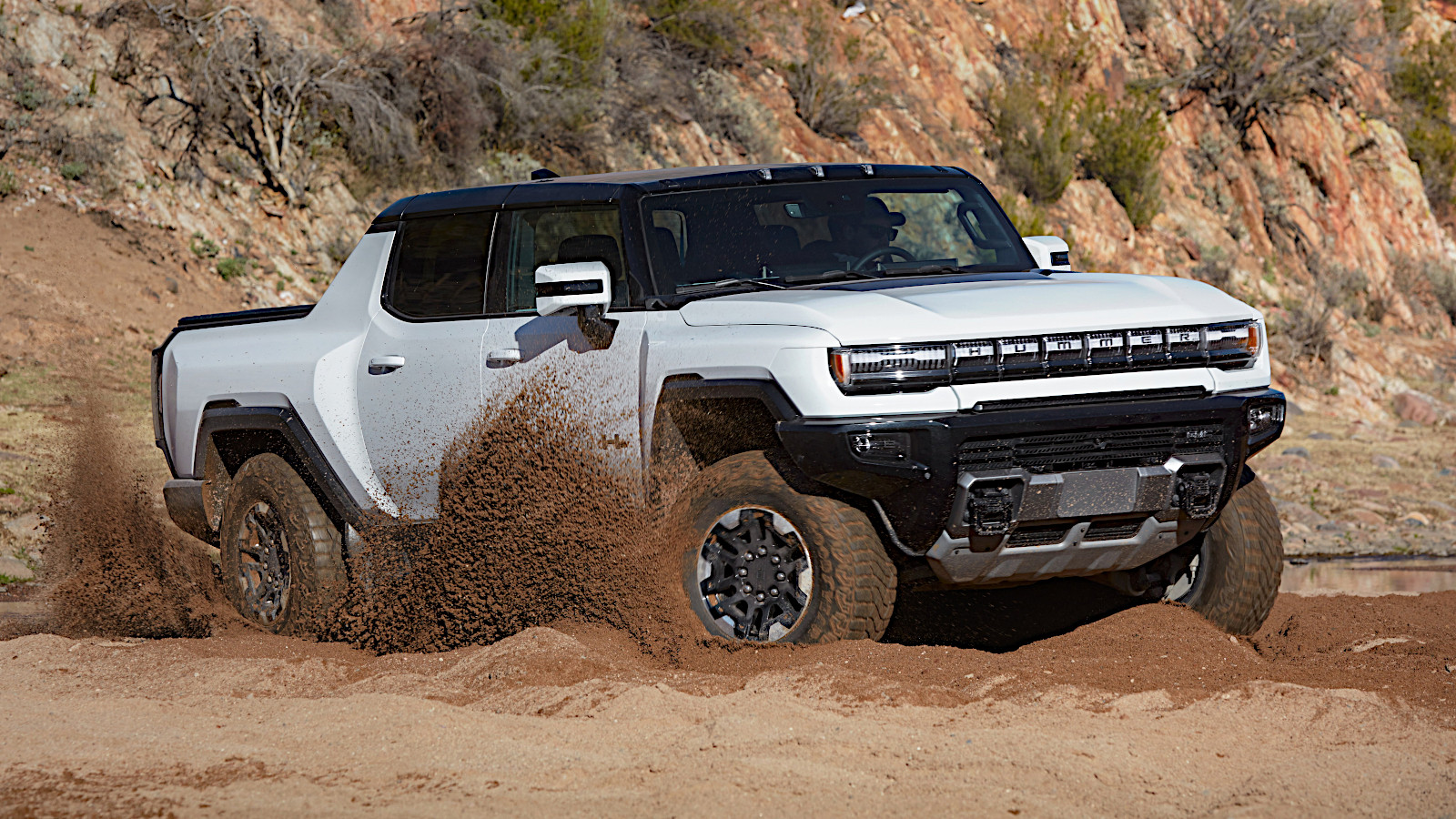 © GM
© GM -
 © Haymarket Media
© Haymarket Media -
 © Franz Haag
© Franz Haag -
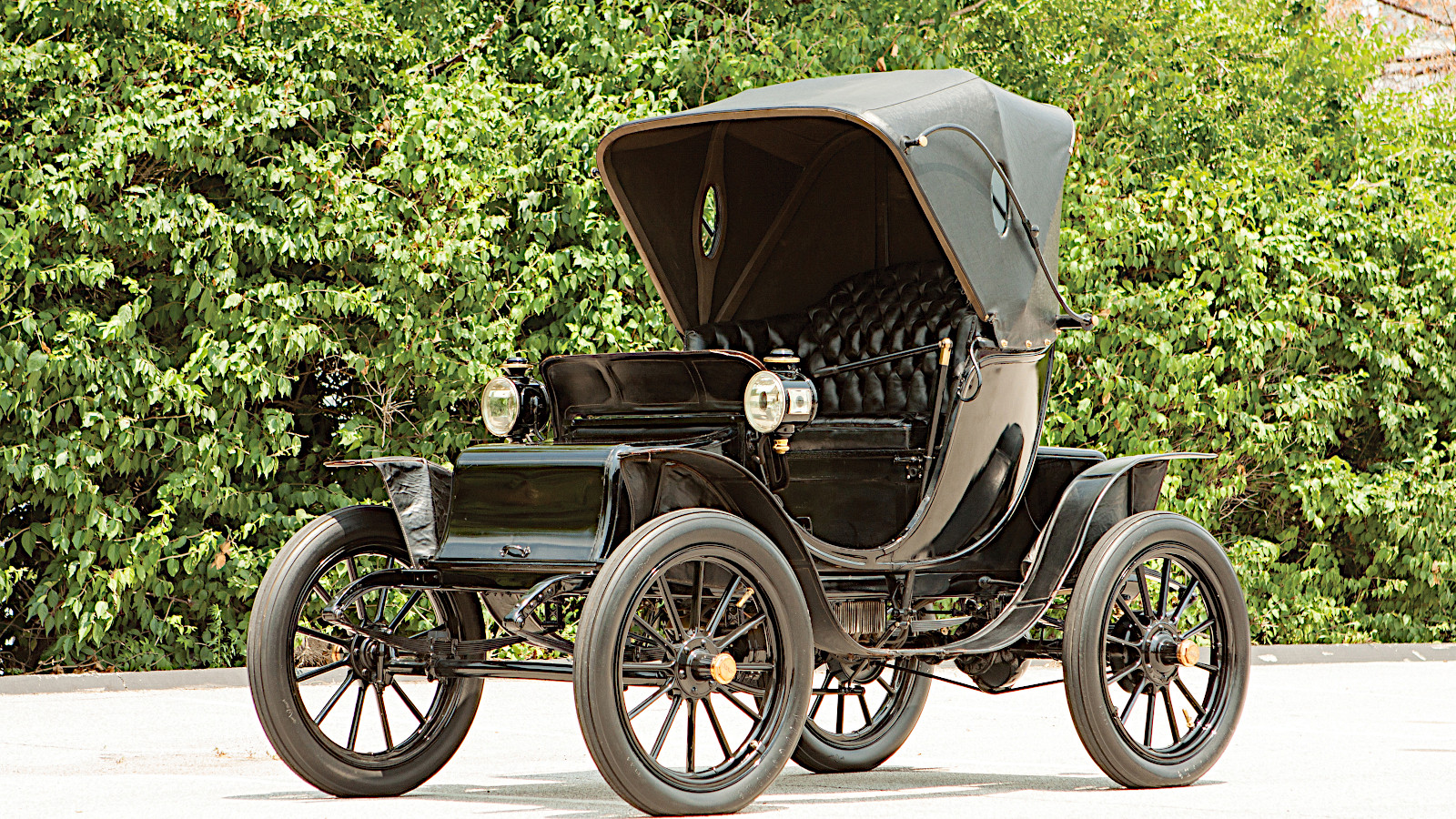 © RM Sotheby's
© RM Sotheby's -
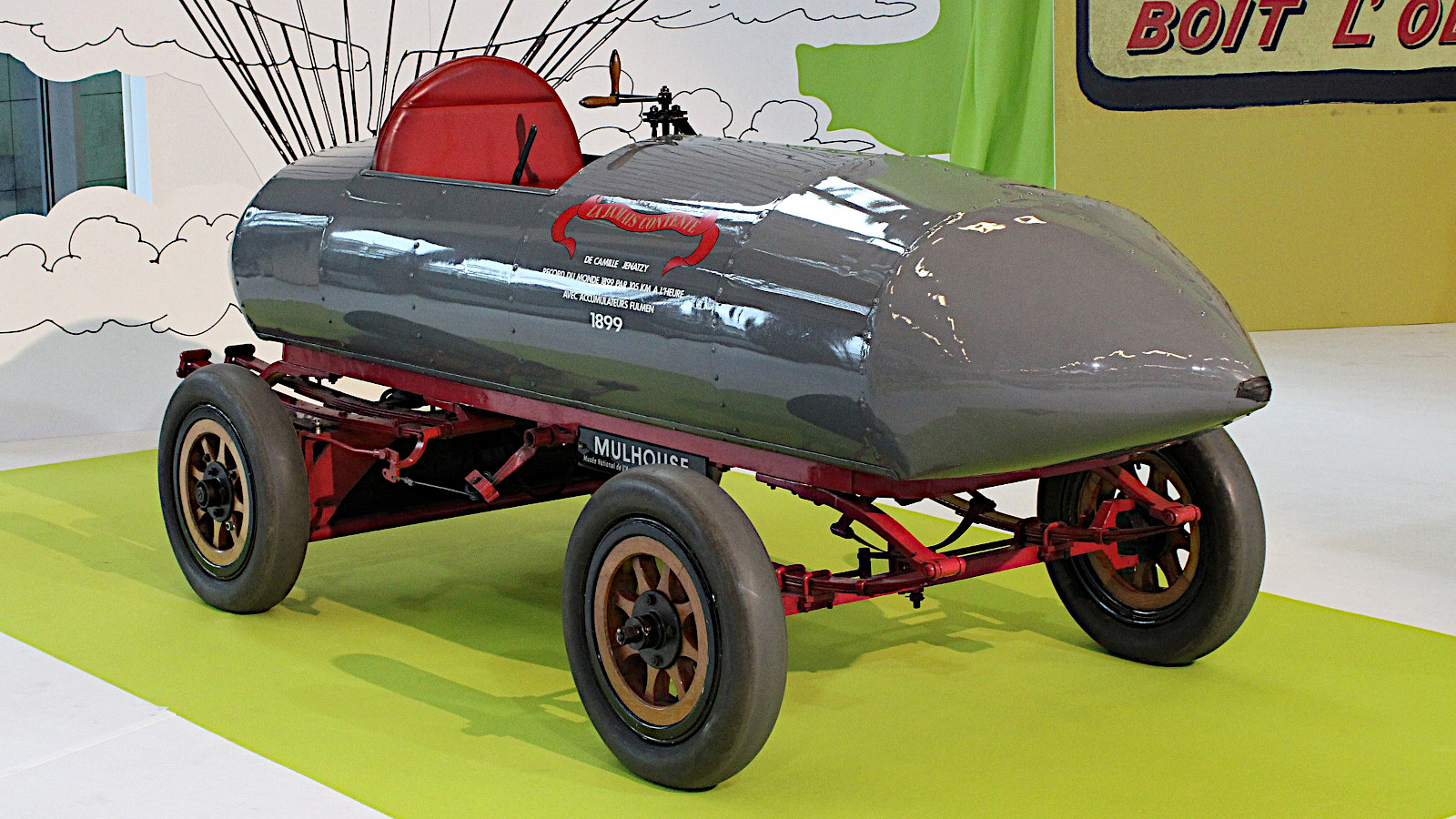 © Alexander Migl
© Alexander Migl -
 © Daimler
© Daimler -
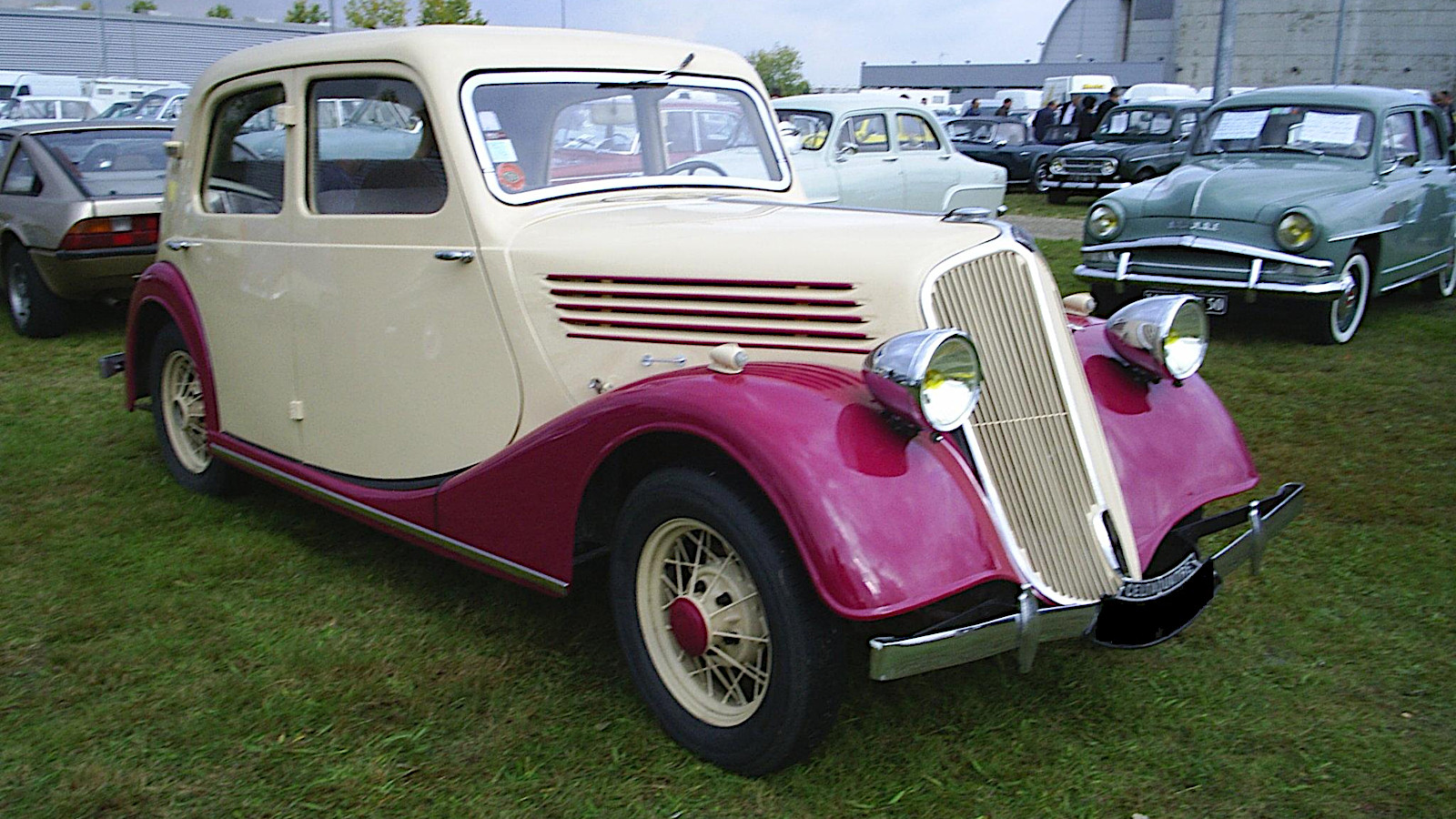 © Guillaume27
© Guillaume27 -
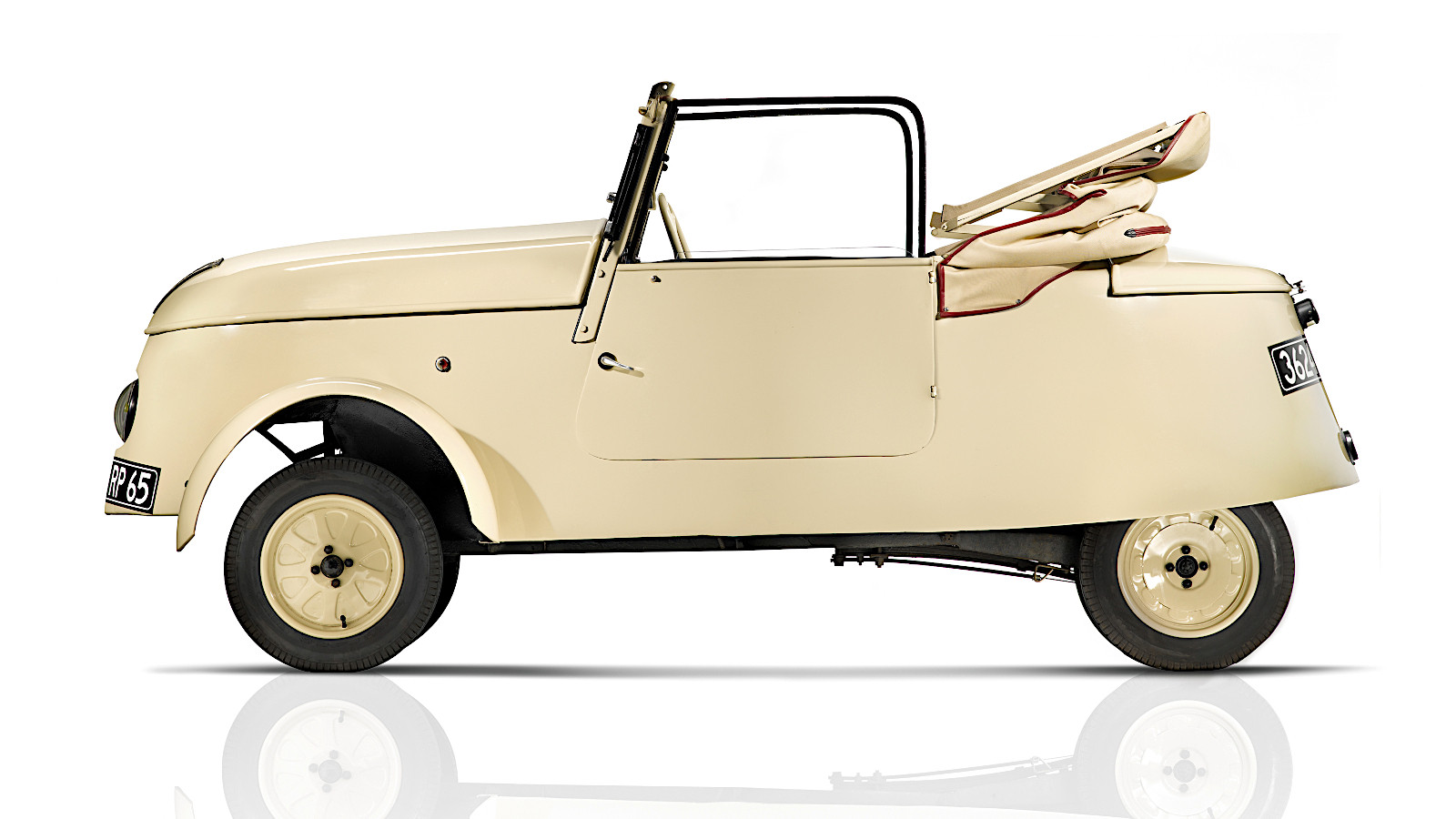 © Stellantis
© Stellantis -
 © David Scott
© David Scott -
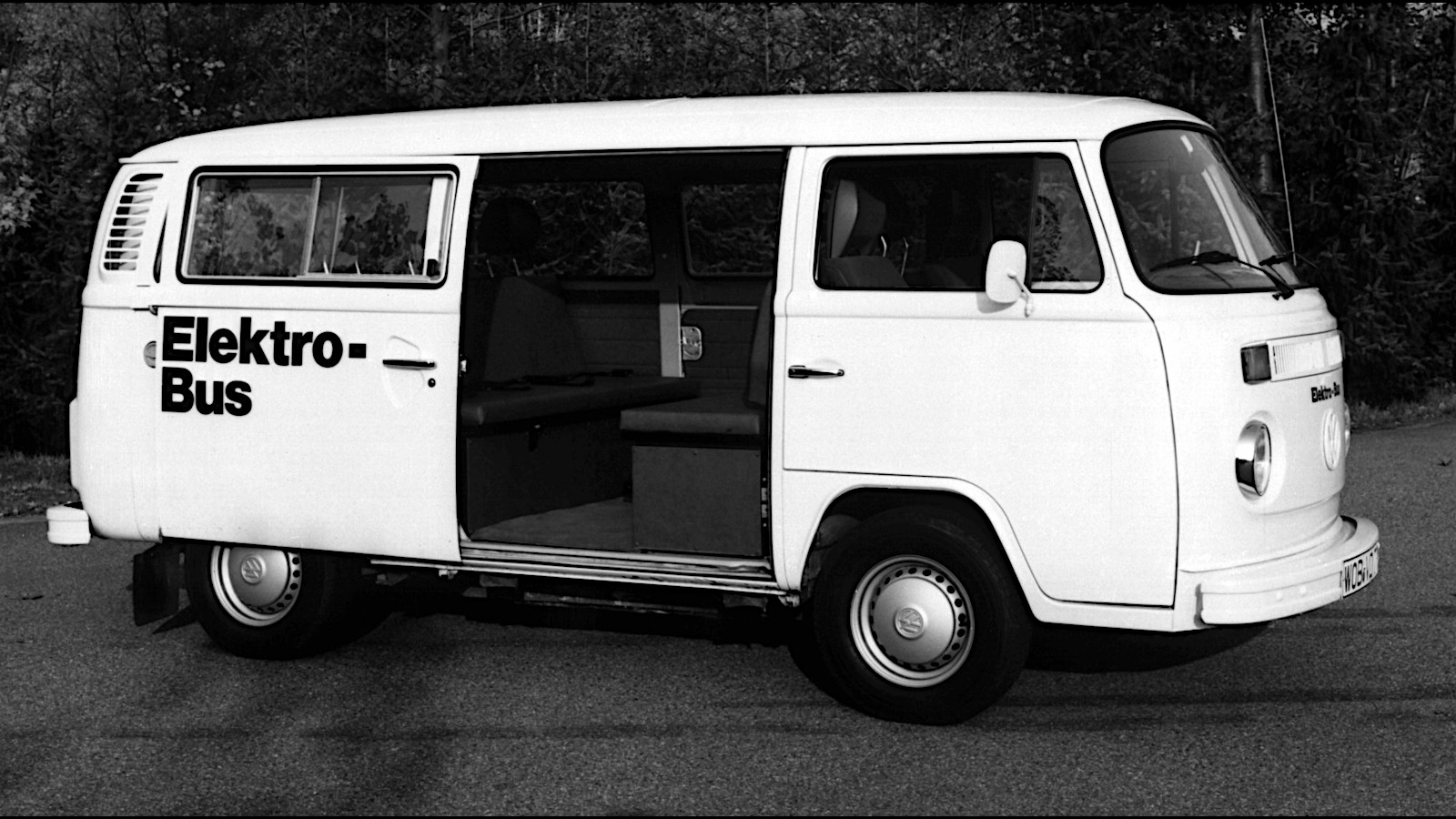 © Volkswagen
© Volkswagen -
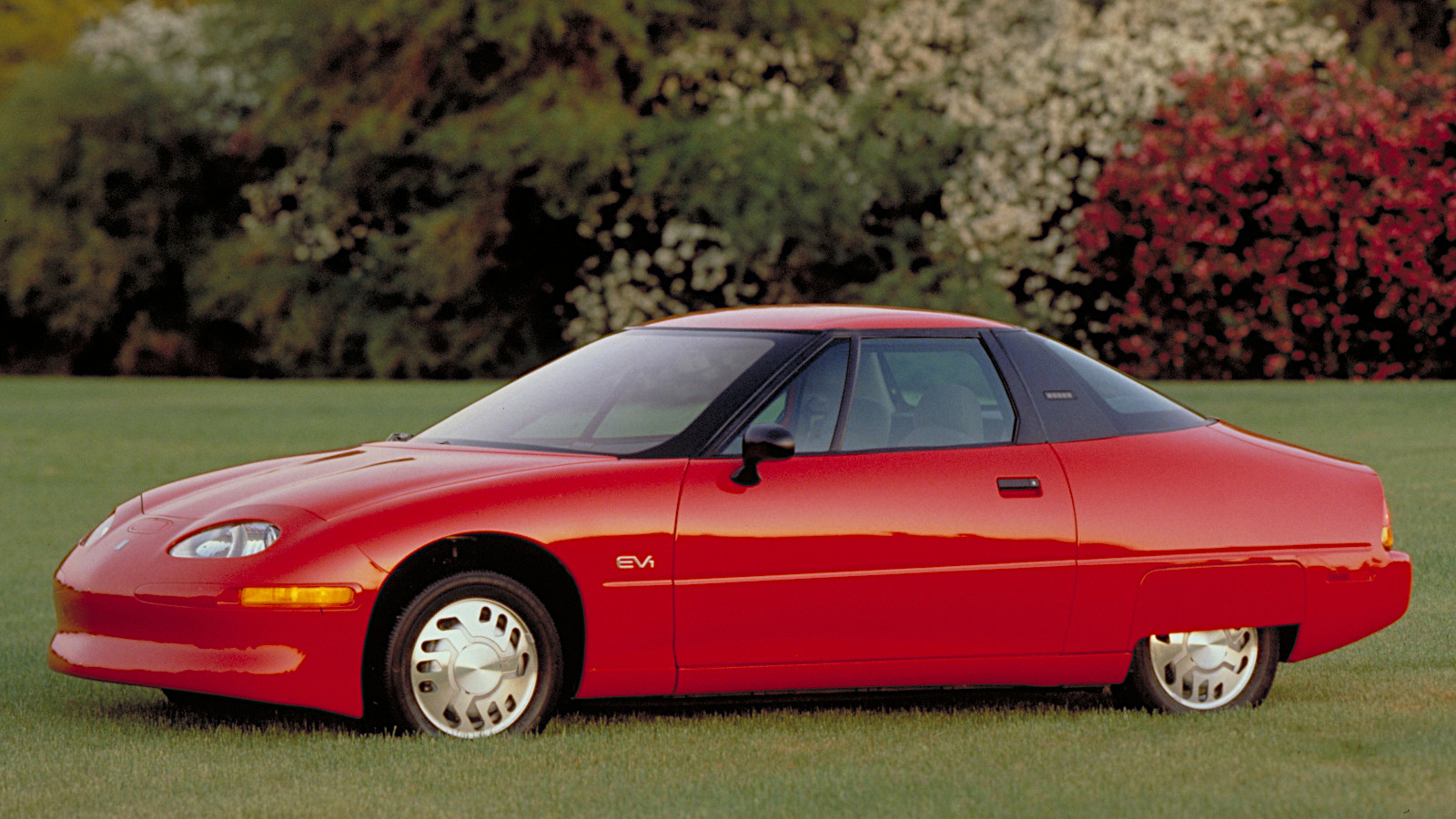 © GM
© GM -
 © GM
© GM -
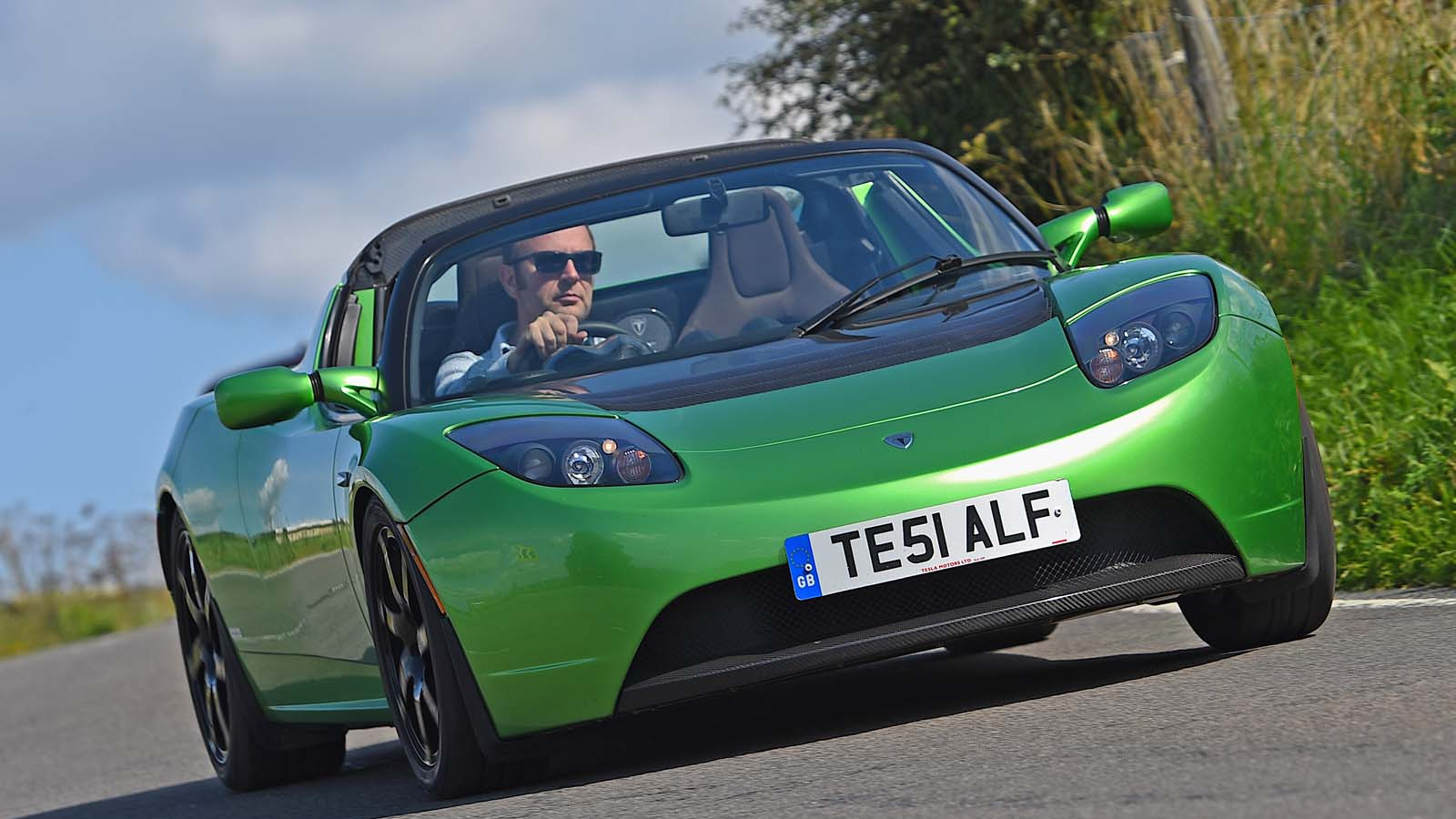 © Haymarket Media
© Haymarket Media -
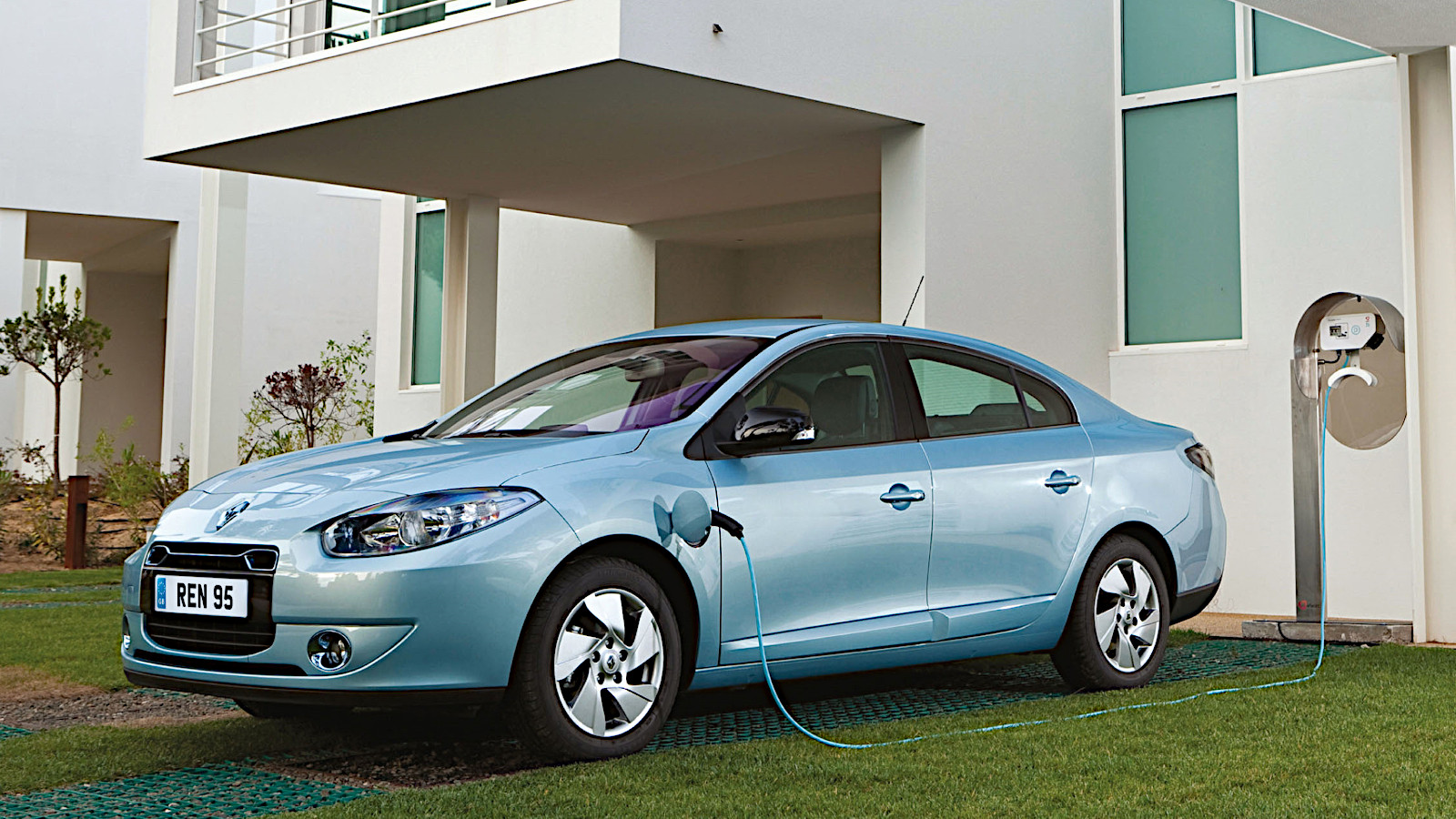 © Renault
© Renault -
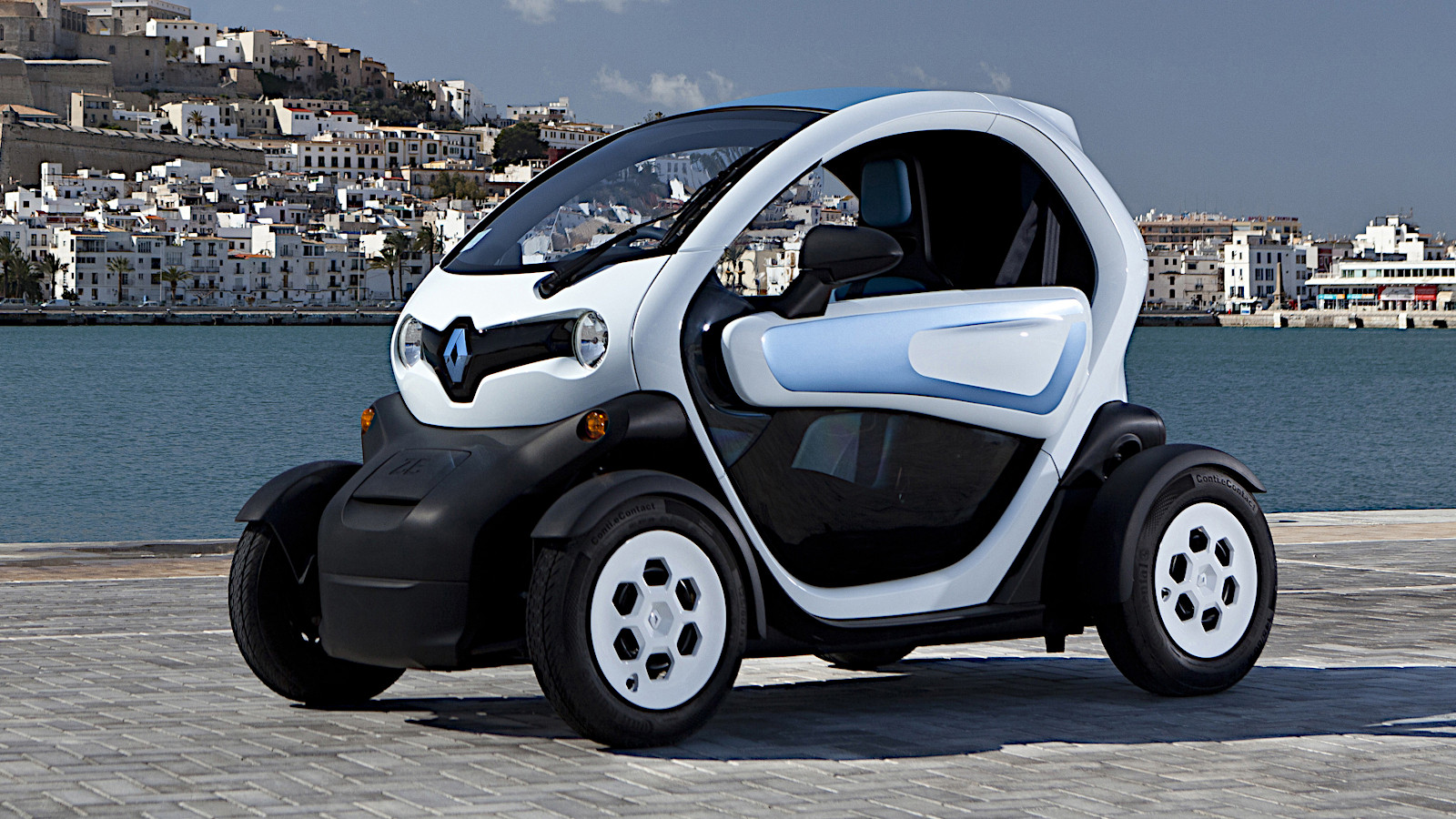 © Renault
© Renault -
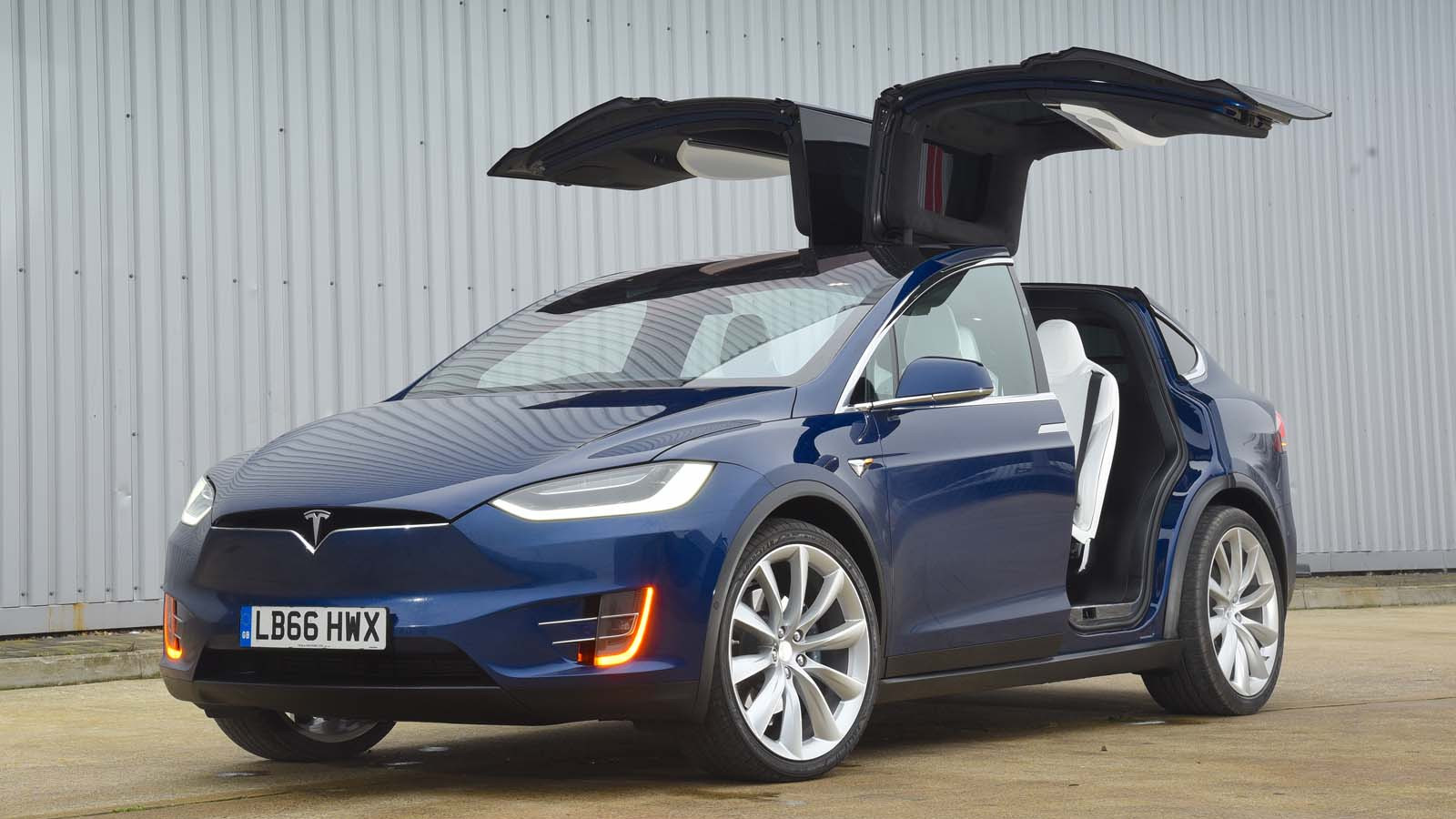 © Haymarket Media
© Haymarket Media -
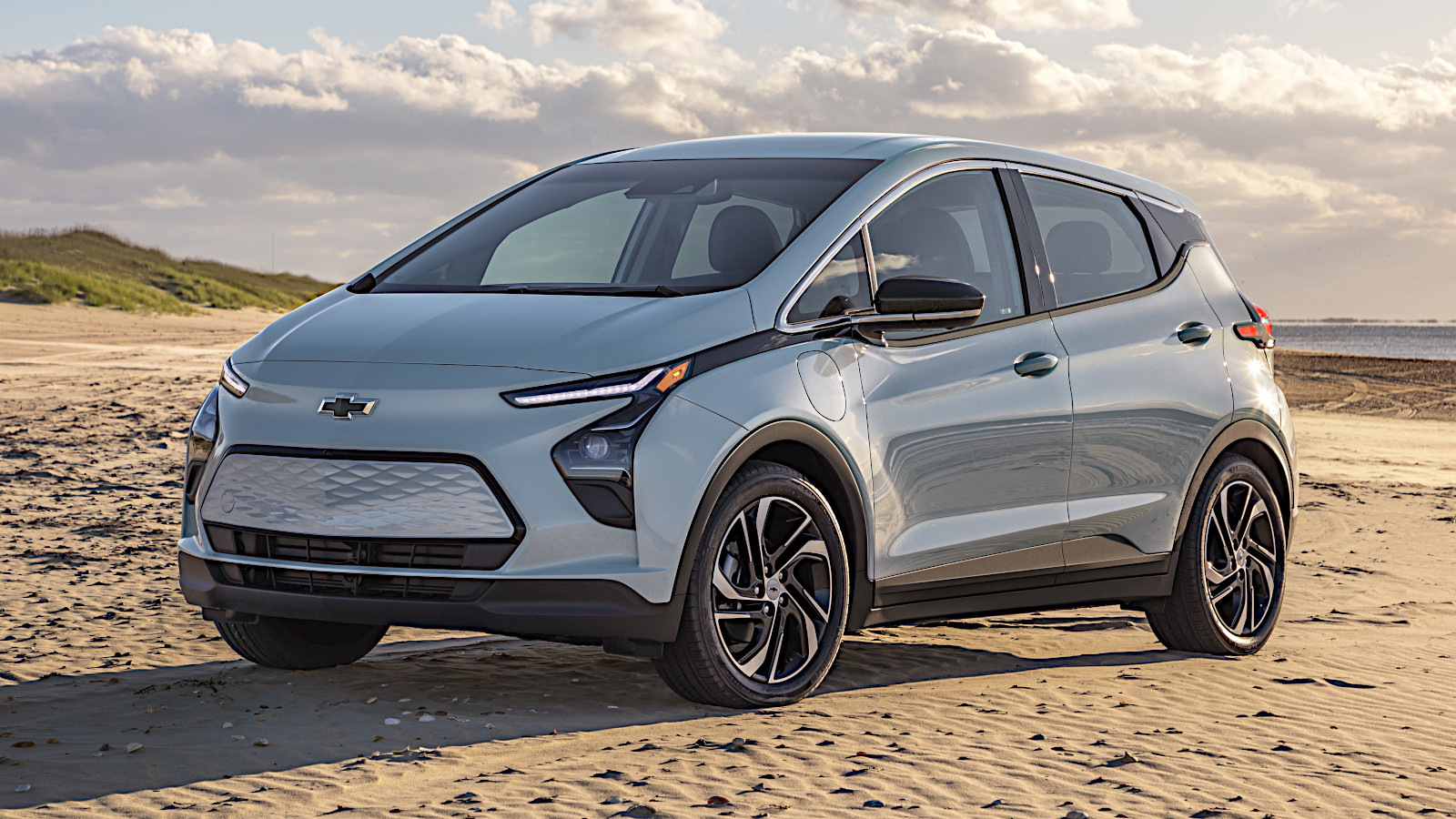 © GM
© GM -
 © Haymarket Media
© Haymarket Media -
 © Haymarket Media
© Haymarket Media -
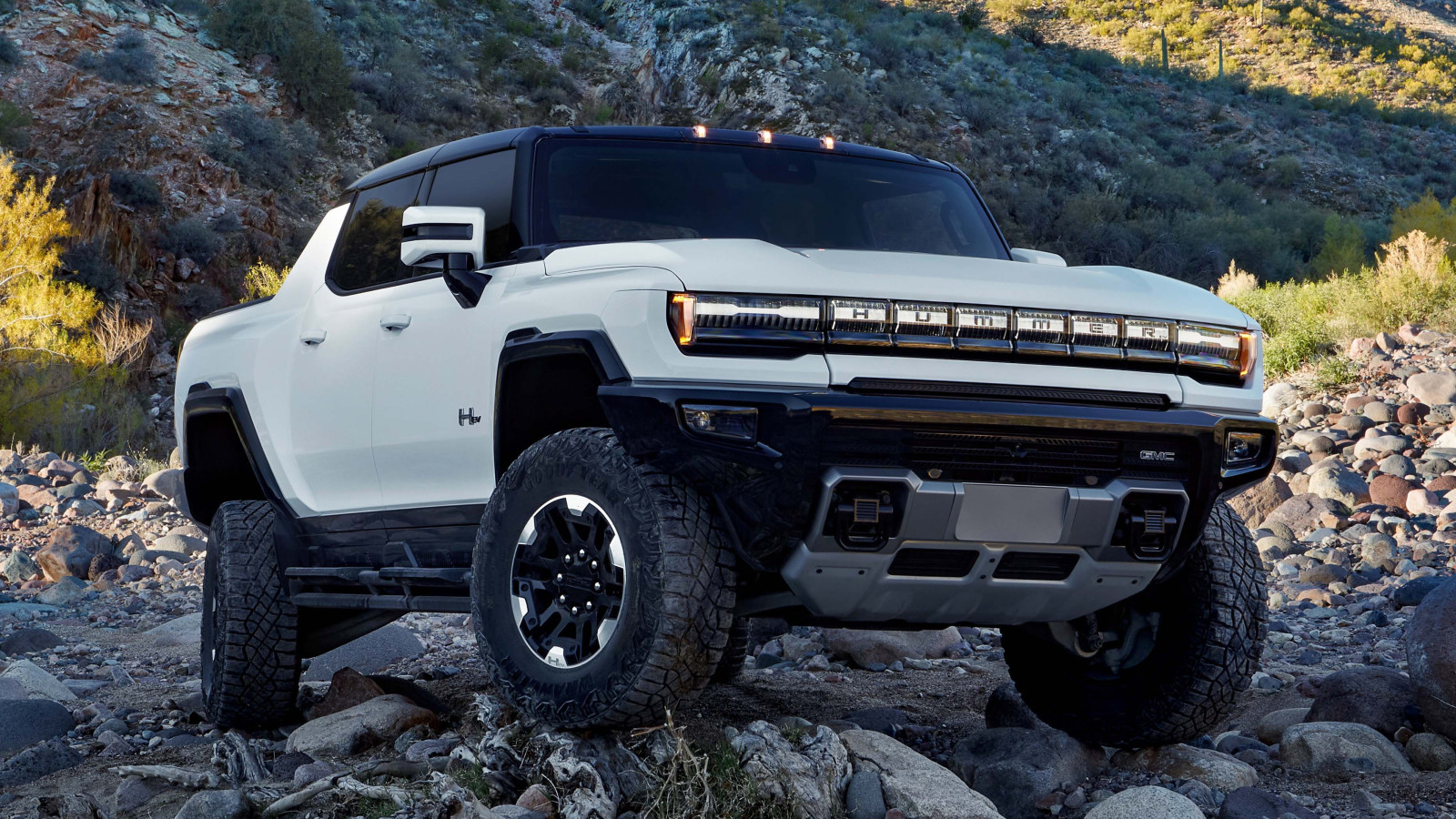 © GM
© GM -
 © Lotus
© Lotus
-
People talk of the electric revolution as if it’s a new thing, and to some extent it is.
It’s also true to say, though, that today’s electric models didn’t spring from nowhere, but are the latest stages in a process which has been evolving for almost a century and a half.
To illustrate that, we’re presenting, in chronological order, 20 EVs which all pushed the game forward in one way or another, and can therefore be considered revolutionary in their own right.
-
Trouvé tricycle (1881)
It all had to start somewhere. The first electric road vehicle is generally agreed to be the tricycle built in 1881 (half a decade before the arrival of the Benz Patent Motorwagen) by French engineer Gustave Trouvé.
Although not much came of it, the tricycle was tested on the rue de Valois in Paris in April of that year. A replica (pictured), built by Christian Richards with support from Maxus, was driven in the French capital exactly 140 years later.
-
Flocken Elektrowagen (1888)
The ‘horseless carriage’ built by Andreas Flocken is believed to be Germany’s first electric car, predating the Egger-Lohner C.2 Phaeton (which was partly designed by Ferdinand Porsche) by ten years.
Flocken followed it up with similar vehicles until 1903, although it’s no longer possible to determine the exact number. A reconstruction (pictured) of the original, created by Franz Haag, was displayed at the Retro Classics event in Stuttgart in 2011.
Photo licence: https://creativecommons.org/licenses/by-sa/3.0/legalcode
-
Baker Electric (1899)
The Baker Motor Vehicle Company was one of the first US manufacturer of electric cars, and attracted such noteworthy customers as Thomas Edison, President William Howard Taft and King Chulalongkorn of Thailand). Production models included the 1908 Model V Victoria (pictured), and Baker also built an extraordinarily fast racer called the Torpedo.
Although it was very successful for a while, Baker was obliged to merge with its rival, Rauch & Lang, in 1914, and survived for only two more years after that.
-
La Jamais Contente (1899)
In the days when nobody was sure what the power source of the future might be, there was at least no argument that the fastest cars in the world were electric. The first six holders of the Land Speed Record were of this type, but after four months of intense competition the matter was put beyond all doubt when Camille Jenatzy achieved 65.79mph on his purpose-built La Jamais Contente (‘the never satisfied’).
This was the first car ever timed at over 100km/h, and its record stood for nearly three years.
Photo licence: https://creativecommons.org/licenses/by-sa/4.0/legalcode.en
-
Mercedes Electrique (1906)
The thorny question of whether large vehicles could be powered by electricity was raised very early on by Mercedes, versions of whose Electrique were used for such varied purposes as a passenger car for Emperor Franz Josef I of Austria and a truck for the Berlin fire brigade (pictured).
Unable, like everyone else at the time to resolve issues of range and performance, Mercedes stopped production after just two years, and did not seriously consider building another electric vehicle until the 1970s.
-
Renault Celtaquatre (1937)
The idea of replacing the internal combustion engine in an existing car with an electric motor occurred to Renault nearly 90 years ago. It built 35 EV taxis based on the chassis of its Celtaquatre (pictured) for use at the 1937 International Exposition of Art and Technology in Modern Life, or World Fair as it was also known.
Having made this revolutionary move, Renault failed to take it any further, and would not put an electric car into production until well into the 21st century.
Photo licence: https://creativecommons.org/licenses/by-sa/3.0/legalcode
-
Peugeot VLV (1941)
Both Mercedes and Peugeot responded to the petrol shortages during the Second World War by converting existing cars (the 230 and 402 respectively) to run on gas created by burning charcoal. Unlike Mercedes, Peugeot also developed a completely new car to address the same problem.
The VLV (for Véhicule Léger de Ville, or Light Town Car), was a tiny two-seater with a rear-mounted electric motor which allowed for a top speed of 20mph. 377 examples were built before the Vichy regime told Peugeot to stop doing that in 1943.
-
Lunar Roving Vehicle (1971)
The petrol supply infrastructure on the moon is patchy at best, so when NASA decided to go motoring up there it adopted the sensible policy of taking an electric vehicle instead. The Lunar Roving Vehicle was a co-production involving General Motors Defense Research Laboratories and Boeing, and had four motors producing a total of 1bhp.
EVs may still be relatively rare on our home planet, but no wheeled vehicle of any other type has ever been driven on its nearest celestial neighbour.
-
Volkswagen Elektro-Bus (1972)
In the same year that BMW converted two 1602 saloons to electric power for the Olympic Games, where they were used as support cars, Volkswagen went a step further and put an EV version of its Transporter van into production.
Weighing over two tonnes and with a power output of just 22bhp, the Elektro-Bus (or Elektro-Transporter in the case of the commercial version) was hardly a spirited performer, but VW built around 120 examples, thereby showing an extraordinary commitment to electric vehicles by the standards of the early 1970s.
-
General Motors EV1 (1996)
The current popularity of electric cars seemed very unlikely when General Motors made its first attempt to sell one to the American public. The EV1 was produced until 1999, when the project was cancelled.
GM claimed that this was because for cost reasons, but was accused of trying to smother development of zero-emission personal transport. Given the company’s commitment to electric vehicles today, this now has a strange ring to it.
-
Chevrolet S-10 EV (1997)
Chevrolet’s first electric vehicle was a converted S-10, a pickup normally sold with either a four-cylinder or a V6 petrol engine. The very idea of an electric truck seemed perverse at the time, but availability doubled when Ford launched its Ranger EV the following year.
Both brands have similar vehicles on sale today, but these pioneering examples didn’t last long, the Chevy being discontinued in 1999 and the Ford surviving only until 2002.
-
Tesla Roadster (2008)
Tesla is almost certainly the best-known of the manufacturers which have never built anything other than electric vehicles. The story began with the Roadster, a sports car based on the second-generation Lotus Elise and sold from 2008 to 2012.
It was an unusual debut model, and Tesla has not yet followed it up with anything similar, though a new Roadster has been in the planning stages for several years.
-
Renault Fluence Z.E. (2012)
Although it hasn’t really caught on yet, battery swapping is a possible way round the problem of charging, since removing one battery and fitting another can be a much quicker process than plugging in the first one.
For a short period, the Fluence Z.E. (the saloon version of the Megane with a longer than normal wheelbase) could have its battery changed at Better Place outlets in Israel and Denmark. Plans to introduce the service elsewhere collapsed when Better Place folded in 2013.
-
Renault Twizy (2012)
Very different from the Fluence Z.E. introduced in the same year, the Twizy was a strange-looking quadricycle described by Renault as an alternative to a motorcycle rather than a car.
While it might have had a ‘here today, gone tomorrow’ air about it, the Twizy was so successful that Renault was able to keep it in production for 11 years before replacing it with the Duo from its new Mobilize brand.
-
Tesla Model X (2015)
Despite the arrival of the Volkswagen Elktro-Transporter more than half a century ago, the idea of an electric SUV wasn’t worth serious consideration until quite recently.
Things have changed, and there are plenty vehicles of this type to choose from today, but the trend essentially started with the seven-seat Model X crossover, which has now been in production for nearly a decade.
-
Chevrolet Bolt EV (2017)
After the short-lived EV1 and S-10 EV, GM made a more successful attempt at providing electric vehicles for the masses when it introduced the Bolt EV, which was available in its launch year at an entry price of just under $30,000 after incentives.
As it turned out, people were prepared to pay more than that. The Bolt EUV – more expensive, six inches longer and with more equipment as standard – arrived in the 2022 model year, and has sold in significantly higher numbers.
-
Citroën Ami (2020)
Named after a quirky-looking Citroën of the 1960s and 1970s, the present-day Ami is if anything even quirkier. While previous small electric vehicle were best suited to towns and cities because their performance and range weren’t good enough for country driving, the Ami works in urban areas because it was specifically designed for them.
The Opel Rocks and Fiat Topolino are versions of the same car produced by other brands within the Stellantis coglomerate.
-
Tesla Model S (2020)
The Model S has been around since 2012, but it hit new heights in 2020 when the US Environmental Protection Agency gave the Long Range Plus variant a range rating of 402 miles.
The figure has since been exceeded (including by the Model S, which is now rated at 405 miles), but this was the first time that any electric vehicle broke through the 400-mile barrier according to the EPA’s measurements.
-
GMC Hummer EV (2022)
Once the poster child for fuel-guzzling, exhaust-spewing monsters, Hummer was reformed as a sub-brand of GMC devoted entirely to electric vehicles. Its first model of the new era was the EV Pickup, exactly the kind of thing which had seemed so strange in the days of the Chevy S-10 a quarter of a century before.
As well as being a formidable off-roader, the Pickup is impressively powerful, with outputs ranging from 625bhp in the entry-level two-motor EV2 to 1000bhp in the three-motor Edition 1, the first of the range to go on sale.
-
Lotus Evija (2024)
In principle, it’s easier to get power from an electric motor than from an internal combustion engine, and this has led to some startling outputs in recent years. The 2000bhp barrier, once not even worth thinking about for a road-legal car, is now in sight.
According to Lotus, the Evija produces 2039PS (2011bhp). Its website cautiously explains that this is one of several “target specifications based on simulations”, but if true it will support the company’s claim that this is “the most powerful car to ever enter series production”.
By David Finlay
